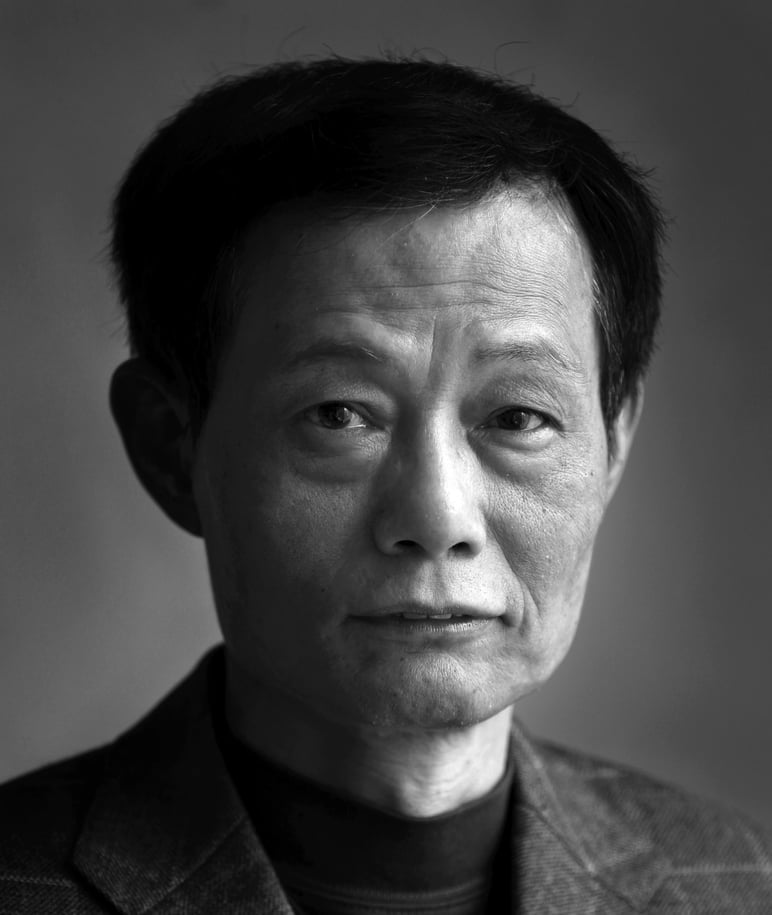
In the tug of war between reform and growth, which way will China turn?
Cary Huang says as the slowdown starts to bite, the temptation for China to do whatever it takes to support GDP numbers is real and dangerous
The good news of China's second-quarter economic data is that it meets the government's targeted 7 per cent annual growth and slightly beat analysts' forecasts, even though it is the lowest rate in a quarter-century.
The bad news is that it also points to the general weakness of the world's second-largest economy as its three major drivers - exports, investment and domestic consumption - all of which dipped. The unexpected improvement, however, is largely buoyed by an unsustainable surge in financial sector output, which was driven by the recent equity rally.
Without the stock market surge, China's gross domestic product growth would stay at about 6.5 per cent.
The government faces a tough choice between growth and reforms, as many economists have argued that both sets of goals can't be achieved simultaneously
A further slowdown in second half is predictable, as the equity market has cooled. Turnover has decreased substantially since its peak in mid-June.
China's slowdown is a structural inevitability as decades of cutthroat growth - fuelled by exports as multinational manufacturers moved their production lines to China to cut costs, and driven by state-led investment in infrastructure - became unsustainable. Now the long-term outlook depends on structural reform, as the economy works through a painful process of adjustment and deleveraging.
The cool-down in recent years was due to structural reforms to steer it towards more sustainable growth based on private consumption. The government wants to rein in state-owned enterprises and relax restrictions to create a vibrant private sector to help achieve long-term growth.
However, despite their pledges to develop a freer economy that allows market forces to play a "decisive role" in the allocation of resources, policymakers have been tempted to use whatever magical powers they have to keep the economy aloft whenever they perceive that slowing growth would threaten social stability. The government's effort to talk up the stock markets to offset the faltering growth trend in the past year is just such an instance.
There is also a strong indication that the consequent market meltdown would delay China's ambitious reform to overhaul its financial system and state-owned enterprises - the last remnants of the Stalinist controlled economy - after three decades of market reform.
The government has been walking a tightrope between structural imperatives and cyclical pressures. It is now faced with a tough choice between growth and reforms, as many economists have argued that both sets of goals can't be achieved simultaneously.
The dominance of the state-owned sectors drives the continuation of the investment-driven growth model, which has caused the misallocation of resources, overcapacity in capital-intensive industries, rising fragilities for the financial and banking systems, and other social and environmental problems.
China's response to the 2008 global financial crisis has caused deflation in the past few years, and rebalancing towards domestic consumption continues very slowly, with investment continuing to support growth. Some economists predict that a substantial shift away from the state-led investment-driven growth model will cause a sharp slowdown in annual growth.
China is the only major economy that sets annual GDP growth targets. If the government stays the course on this reform agenda, not only is it likely to miss this year's target, but will also have to deal with the political and social shock that reforms may produce.
The fear is that the government might be tempted to do whatever it must to support growth for the sake of maintaining social stability and protecting the Communist Party's rule. That risks putting the economy into a deflationary trap.

